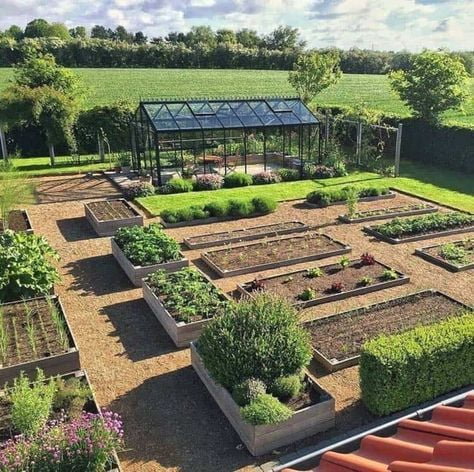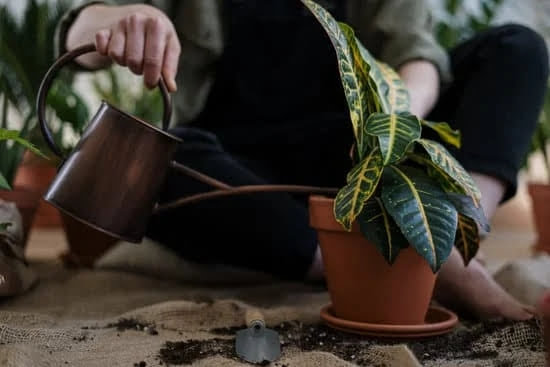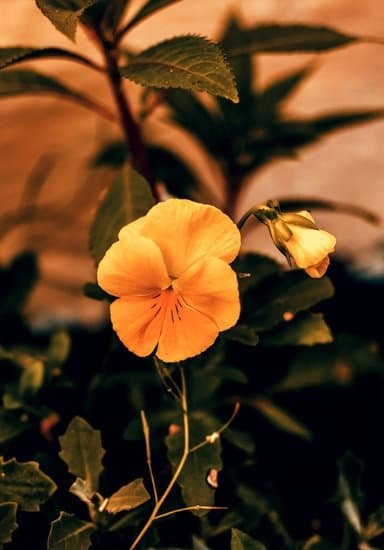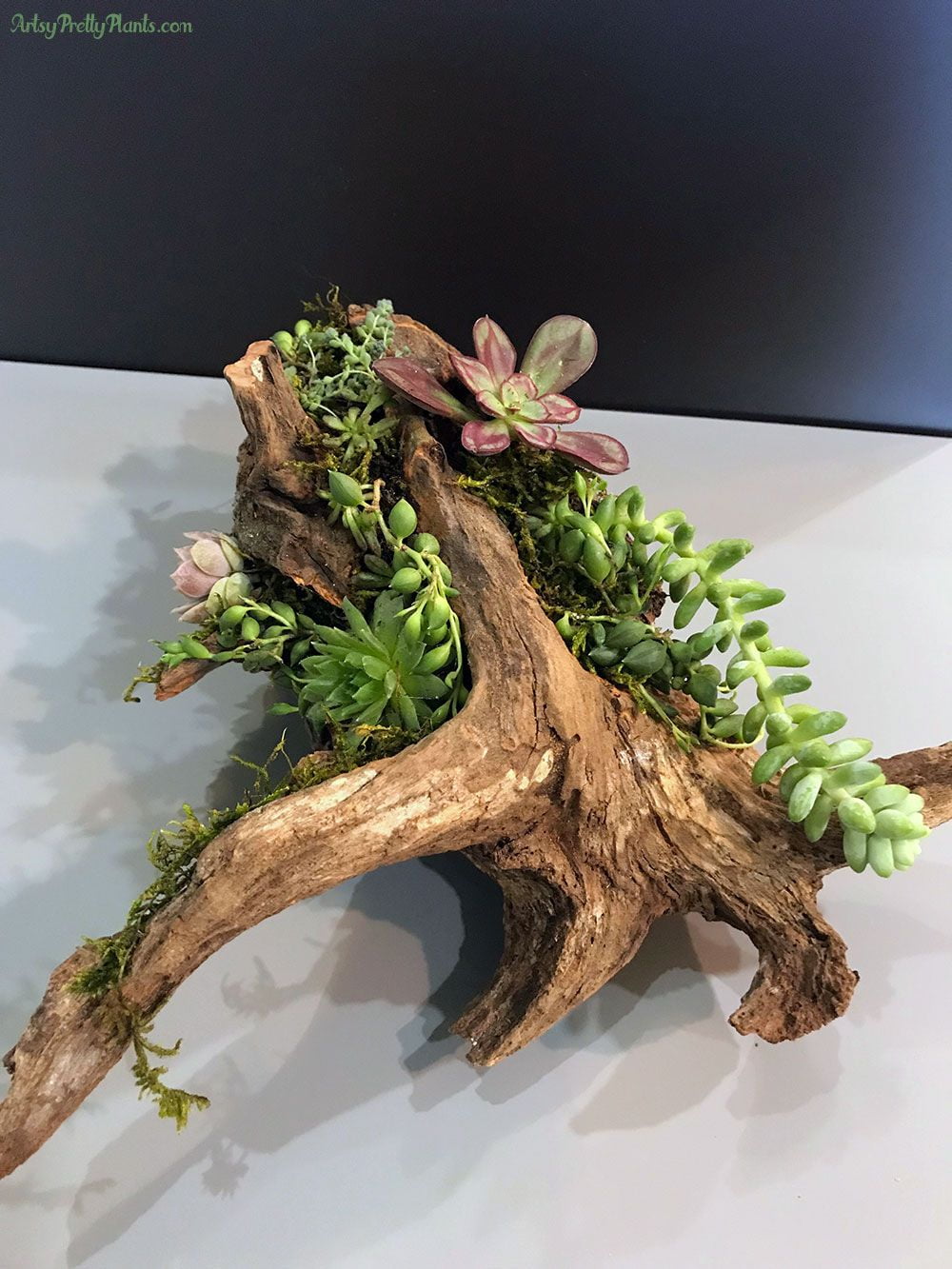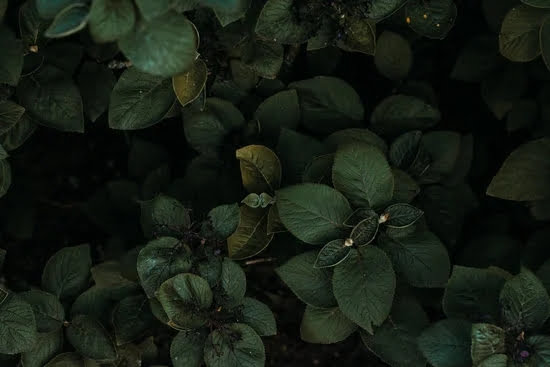Greenhouse Gardening Tips For Beginners
Greenhouses are a great way to extend the growing season for plants, and to provide a controlled environment for plants that prefer a warmer or drier climate. Many plants that can’t be grown outdoors in your climate can be successfully grown in a greenhouse.
When choosing a greenhouse, it’s important to consider the climate you live in and the types of plants you want to grow. If you live in a cold climate, you’ll need a greenhouse that is well-insulated and has a heating system. If you live in a warm climate, you’ll need a greenhouse that is well-ventilated and has a cooling system.
The most important factor in choosing a greenhouse is the size. Make sure to choose a greenhouse that is big enough to accommodate the plants you want to grow.
When setting up your greenhouse, it’s important to install a good drainage system. If the greenhouse is located in a wet climate, you’ll need to install a drainage system to prevent the floor from becoming waterlogged.
If you’re not sure what plants to grow in your greenhouse, consult a gardening book or online gardening forum. There are many types of plants that can be grown in a greenhouse, including vegetables, fruits, herbs, and flowers.
When choosing plants for your greenhouse, it’s important to choose plants that are suited to the climate and the lighting conditions in the greenhouse. Some plants, such as tomatoes, need lots of sunlight, while other plants, such as orchids, need shady conditions.
It’s also important to choose plants that are adapted to the type of soil in your greenhouse. Some plants, such as cacti, prefer a soil that is high in sand, while other plants, such as tomatoes, prefer a soil that is high in nutrients.
To keep your plants healthy, it’s important to fertilize them regularly. There are many types of fertilizers available, including organic and synthetic fertilizers. Choose a fertilizer that is suited to the type of plants you are growing.
It’s also important to water your plants regularly. Most plants need about 1 inch of water per week. You can water your plants by hand or use a garden hose with a sprinkler attachment.
In order to keep your greenhouse plants healthy, it’s important to monitor the temperature and humidity levels. The ideal temperature for most plants is between 60 and 80 degrees Fahrenheit, and the ideal humidity level is between 50% and 70%. You can monitor the temperature and humidity levels in your greenhouse with a thermometer and hygrometer.
If you’re not able to monitor the temperature and humidity levels in your greenhouse, you can use a greenhouse heater and greenhouse fan to maintain the desired levels.
A greenhouse is a great way to extend the growing season for plants, and to provide a controlled environment for plants that prefer a warmer or drier climate. Many plants that can’t be grown outdoors in your climate can be successfully grown in a greenhouse.
When choosing a greenhouse, it’s important to consider the climate you live in and the types of plants you want to grow. If you live in a cold climate, you’ll need a greenhouse that is well-insulated and has a heating system. If you live in a warm climate, you’ll need a greenhouse that is well-ventilated and has a cooling system.
The most important factor in choosing a greenhouse is the size. Make sure to choose a greenhouse that is big enough to accommodate the plants you want to grow.
When setting up your greenhouse, it’s important to install a good drainage system. If the greenhouse is located in a wet climate, you’ll need to install a drainage system to prevent the floor from becoming waterlogged.
If you’re not sure what plants to grow in your greenhouse, consult a gardening book or online gardening forum. There are many types of plants that can be grown in a greenhouse, including vegetables, fruits, herbs, and flowers.
When choosing plants for your greenhouse, it’s important to choose plants that are suited to the climate and the lighting conditions in the greenhouse. Some plants, such as tomatoes, need lots of sunlight, while other plants, such as orchids, need shady conditions.
It’s also important to choose plants that are adapted to the type of soil in your greenhouse. Some plants, such as cacti, prefer a soil that is high in sand, while other plants, such as tomatoes, prefer a soil that is high in nutrients.
To keep your plants healthy, it’s important to fertilize them regularly. There are many types of fertilizers available, including organic and synthetic fertilizers. Choose a fertilizer that is suited to the type of plants you are growing.
It’s also important to water your plants regularly. Most plants need about 1 inch of water per week. You can water your plants by hand or use a garden hose with a sprinkler attachment.
In order to keep your greenhouse plants healthy, it’s important to monitor the temperature and humidity levels. The ideal temperature for most plants is between 60 and 80 degrees Fahrenheit, and the ideal humidity level is between 50% and 70%. You can monitor the temperature and humidity levels in your greenhouse with a thermometer and hygrometer.
If you’re not able to monitor the temperature and humidity levels in your greenhouse, you can use a greenhouse heater and greenhouse fan to maintain the desired levels.
Gardening Tips For Beginners In Urdu
Many people enjoy the hobby of gardening, but are unsure of where to start. This blog post will provide some tips for gardening beginners in Urdu.
The first step is to choose the right location for your garden. It is important to select a spot that gets plenty of sun and is close to a water source. If you are gardening in a container, make sure to choose a pot that is large enough to accommodate the plants.
The next step is to select the right plants. When choosing plants, consider the climate and the soil type. It is also important to choose plants that are suited for the size of your garden.
Once you have selected the plants, it is important to prepare the soil. The soil should be loosened and the rocks removed. If the soil is too sandy or clayey, you can add compost or manure to improve the quality.
Once the soil is prepared, it is time to plant the plants. Dig a hole for each plant and place the plant in the hole. Be sure to pack the soil around the plant to hold it in place.
It is important to water the plants regularly, especially during the hot summer months. You can either water the plants by hand or use a garden hose.
If you follow these tips, you will be able to enjoy a beautiful garden in no time.
Gardening Tips Vegetable Gardening Tips For Beginners
1. Start with a plan. Decide what you want to grow and where you will plant it.
2. Amend the soil with compost or manure to improve its fertility and tilth.
3. Sow seeds directly into the soil or plant seedlings.
4. Water regularly, especially during hot, dry weather.
5. Harvest vegetables when they are ripe.
6. Store vegetables in the refrigerator or use them fresh.
When starting a vegetable garden, it is important to have a plan. Decide what you want to grow and where you will plant it. The soil should be amended with compost or manure to improve its fertility and tilth. Seeds can be sown directly into the soil or seedlings can be planted. Water regularly, especially during hot, dry weather. Harvest vegetables when they are ripe and store them in the refrigerator or use them fresh. These are just a few tips for beginners. There are many resources available online and in print that provide more information.
Tips For Beginner Vegetable Gardeners
Starting a vegetable garden can seem like a daunting task, but with a little bit of planning and preparation it can be a fun and rewarding experience. Here are a few tips to help you get started:
1. Choose a sunny spot in your yard or garden for your vegetable garden.
2. Decide which vegetables you want to grow. You can find a list of vegetables that grow well in your area online or at your local garden center.
3. Purchase some quality soil and fertilizer. You will need about 3-4 inches of good quality soil to plant your vegetables in.
4. Mark out the area you want to use for your garden with stakes and string or garden hose.
5. Dig a trench in the marked out area and add the soil and fertilizer.
6. Plant your vegetables in the soil, making sure to follow the recommended spacing guidelines.
7. Water your vegetables regularly, making sure to keep the soil moist but not wet.
8. Harvest your vegetables when they are ripe, and enjoy!
Tips For A Beginner Vegetable Gardener
Congratulations on deciding to start a vegetable garden! It’s a great way to get some exercise, fresh air, and connect with nature while producing your own food. Here are a few tips to help you get started:
1. Choose the right location.
A vegetable garden should be located in an area that gets plenty of sunlight. The soil should also be fertile and well-drained.
2. Prepare the soil.
Before planting anything, you’ll need to prepare the soil. Add some organic matter such as compost or manure, and till it in to the soil. This will help to improve the soil’s texture and fertility.
3. Choose the right plants.
Not all vegetables are suitable for a beginner garden. Start with plants that are easy to grow, such as lettuce, tomatoes, and peppers.
4. Plant the vegetables in the right spot.
Be sure to plant the vegetables in the right spot according to their needs. For example, tomatoes need lots of sunlight, while lettuce prefers partial shade.
5. Water the plants regularly.
Vegetables need regular watering to grow properly. Be sure to water them at least once a day, especially during hot weather.
6. Mulch the plants.
Mulching the plants will help to keep the soil moist and reduce the need for watering. You can use mulch such as straw, leaves, or compost.
7. Harvest the vegetables regularly.
Be sure to harvest the vegetables regularly so they don’t get overgrown. This will also encourage the plants to produce more vegetables.
8. Enjoy your garden!
Vegetable gardening can be a lot of fun, and it’s rewarding to be able to harvest your own food. Enjoy your garden and have fun experimenting with different types of plants.

Welcome to my gardening blog! I am passionate about plants and enjoy sharing my knowledge and experiences with others. In this blog, I will write about everything related to gardening, from tips on how to get started to updates on my own garden projects.

